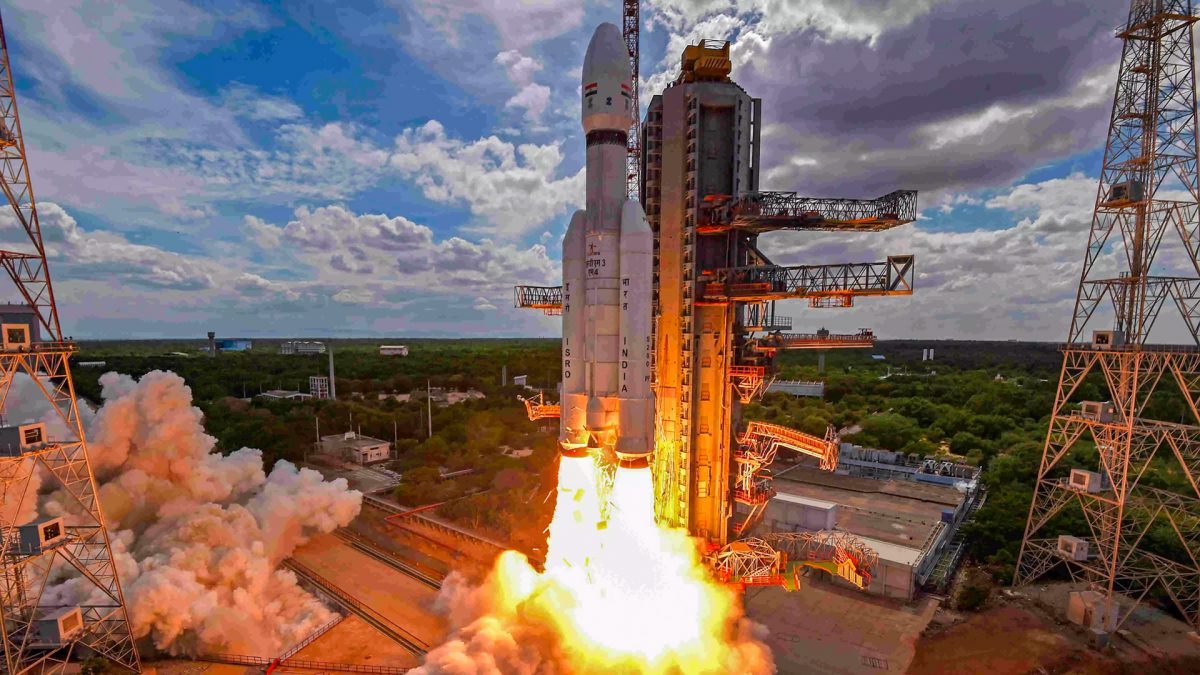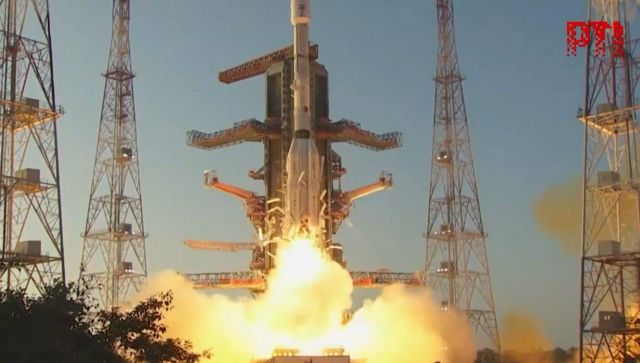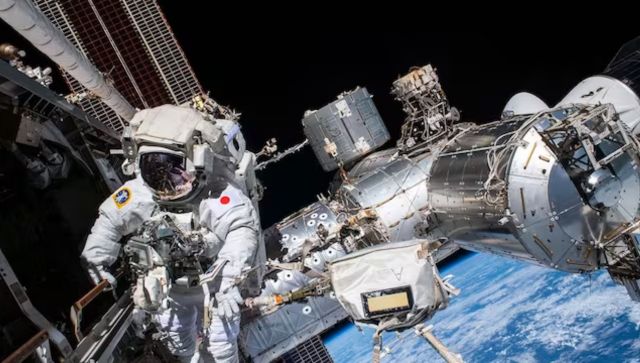“Bahubali”, “Fat Boy”, the Launch Vehicle Mark-3 (LMV-3), the heaviest rocket built by the Indian Space Research Organisation till date – the Geosynchronous Satellite Launch Vehicle-MkIII rocket has acquired many different names since 1990, when the GSLV project was just a series of sketches on a drawing board. Weighing in at 640 tonnes, the GSLV-MkIII is ISRO’s first indigenously-built medium-lift rocket.
Unlike the Polar Satellite Launch Vehicle (PSLV) rocket’s 1,750-kilogram carrying capacity, the GSLV-MkIII can carry a load of anywhere between 4,000-8,000 kilograms depending on which orbital altitude the payload has to be launched into.
ISRO’s GSLV project was born in the 1990s with the aim of building an Indian launch vehicle that could launch satellites high-up in the Earth’s geosynchronous orbit – roughly 35,000 kilometers above the equator. It was ten years later, in the early 2000s, that work on the GSLV-III began, with the first launch eagerly awaited for 2009–2010. But, a major developmental test of the rocket’s indigenous cryogenic engine (the LOX/LH2 cryogenic engine) on 15 April 2010 resulted in a lost rocket and set the GSLV-MkIII project back by a few years.
The GSLV rockets use many components already tested in ISRO’s workhorse, the PSLV launcher: the solid rocket booster (S125/S139) and the powerful liquid-fueled Vikas rocket engine. Since the thrust required to inject the satellite into higher (geotransfer) orbit is very high – much higher than the Vikas engine alone could muster – it was decided that the third stage in the GSLV was to be powered by a cryogenic engine. This was not a technology ISRO possessed or had the know-how to build before the GSLV project. The GSLV-MkIII, while sharing a name with the GSLV, features new systems and components.
One of the most striking differences between the GSLV and GSLV-MkIII are the shape of their nose-cones. The GSLV-MkIII has cones on its booster rockets that are more rounded, or egg-shaped in structure than the relatively conical ends of the GSLV. This change was made to reduce the vibrations inside the rocket itself in orbit, making it more suitable to carry astronauts to orbit, and possibly space, someday.
After some unexpected delays and the first sub-orbital test flight on 18 December 2014, ISRO conducted the first orbital test launch of the GSLV-MkIII-D1/GSAT-19 mission on 5 June 2017. The rocket successfully launched the satellite into geo-transfer orbit. The GSLV-MkIII-D2/GSAT-29 mission on 14 November 2018 marked the second such developmental flight of the MkIII vehicle, launching one of the most advanced communication satellites ever built by ISRO into geotransfer orbit.
It has taken ISRO roughly 25 years, 11 test flights and over 200 different tests of its components to fully-operationalize the GSLV-MkIII. Even to date, work is ongoing to develop the rocket further – this time, for human spaceflight. The GSLV-MkIII has been modified to fit a crew module and life support to carry astronauts to space in future crewed missions by ISRO. This is the GSLV-MkIII’s current potential, which could be put to the test ahead of ISRO’s first manned mission, the Gaganyaan mission, in December 2021.


)




)
)
)
)
)
)
)
)